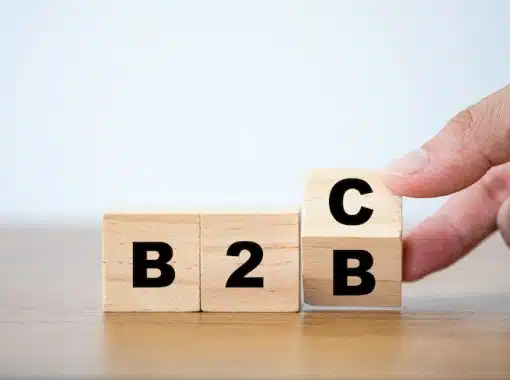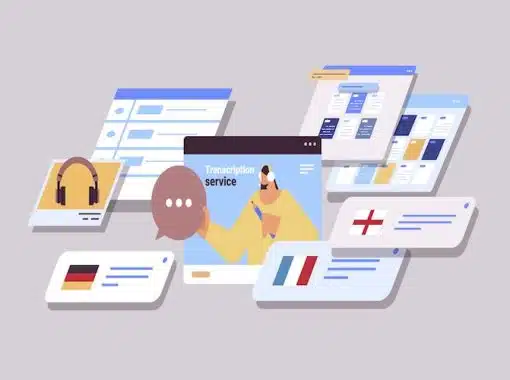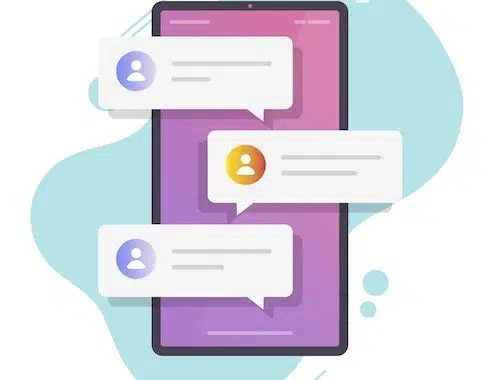
If you’ve been in business for any time, you probably instinctively know that business-to-business marketing (B2B) and business-to-consumer (B2C) are two different beasts. But how different are they?
Both customer types want to buy things at the best possible price, right? Show them what they want and you’ll get a sale. How hard can it be?
We decided to break down some of the leading differences between the two categories of markets and show you that sometimes it’s apples vs. oranges. At times, savvy marketers will take entirely different approaches when addressing one segment or the other.
Let’s start with these leading areas of variation.
Procedural Vs Emotional Buying Process
B2B buyers are spending the boss’s money. That means they had better have a good justification for every purchase order. Most companies have budgets and stated procedures for researching and bidding out major purchases.
These decisions are unemotional. Whether they’re buying radiators, grommets, cleaning supplies, or office furniture, there’s a process to be followed, a need to be fulfilled and a budget to be met.
Consumers, on the other hand, might purchase something because they want it. They love it. They must have it. There’s less decision time invested, less hierarchy in the decision-making process, and usually fewer to sign off on the purchase. They’re spending their own money, not the company’s money.
Therefore, if you’re marketing to a business, the buying cycle might be much longer than when dealing in the B2C market. You’re unlikely to be able to spur the sale with one ingenious ad — as you might be able to do when selling to a consumer audience.
Instead, you’ll have to answer all of your target’s questions, address doubts and formulate multiple stages of marketing messaging through multiple sales channels.
You might have a product demonstration video on YouTube; several blog posts on your website; a newsletter subscription service to keep prospects updated on innovations, additional product launches, and price drops; a library of product literature for your sales staff, and a year-end digital annual report from your CEO.
ROI Vs Gratification
B2B prospects must often be able to see that your product or service can generate an eventual return on investment. That is, if they buy from you it will help them turn a marginal profit.
For instance, if you’re selling buttons to a fashion designer, your products might improve the look of the dress, therefore allowing the designer to either sell that dress in greater volume or justify a higher price point and generate more revenue. Or maybe your buttons cost less than the competitors’, so your client can increase profit margins without changing the price point.
In your marketing communications, you’ll want to point out exactly how your product will boost the client’s ROI.
In B2C marketing, your customers are after gratification. They want to feel happy, amused, safe, secure, enriched or to otherwise receive emotional value from the purchase.
Brand-Building Vs Selling Stuff
The two audiences, B2B and B2C, don’t always buy with sharply segmented purchase motivations. But your B2B customer feels there’s more at stake. There are more obstacles in the way. As we mentioned earlier, they have procedures to follow, a chain of command to report their buying decision too, and an acceptable ROI expected on the purchase. No wonder it’s a longer buying cycle than consumer sales.
You must build brand awareness for this audience. Your marketing content will be educational and ongoing. The goal here is not only to increase the knowledge base of your prospects but to position key personnel at your company as industry thought leaders. That helps make you the go-to company when the purchase decision has been made.
This is a slow, steady, ramp-up to a sale through brand building and lead generation, as opposed to the transactional nature of your consumer buyer.
It’s not a clean segmentation of audience types. Consumers buying boats and cars will likely extend a much longer buying cycle than B2B customers buying janitorial supplies for a branch office.
Buzzwords Vs. Buzz-Free
Here we’re talking about the way you communicate with your audience. The tone and word selection. Whether you work for a marketing agency with B2B clients or in the marketing department of the advertiser, you’ve learned the industry- and company-specific language as a shortcut in talking with other insiders.
Your use of industry buzzwords can give you street cred with your B2B clients. The way you communicate in your marketing messaging proves that you literally speak their language, that you know what you’re talking about and you understand your customer’s needs, challenges, and obstacles.
But use those same buzzwords in communicating with a consumer audience and you might lose them altogether. Scare them away. They scratch their heads and click on the websites of competitors that simplify complicated concepts with user-friendly language that makes customers more at ease.
Vanity Phone Number Vs Vanity Phone Number
As the heading implies, both market segments can be in the market for a relevant 800 vanity phone number. After all, such a number satisfies many of the same needs of both segments.
Memorability is always key when soliciting a call to action (CTA).
If your CTA is to get prospects to pick up the phone, a vanity phone number makes that easier and more appealing. It can be especially important when your target audience isn’t always able to respond immediately. For instance, if you’re running a flight of TV or radio commercials or you’re running an outdoor advertising campaign, you can make an impression with your ads, but probably won’t generate an immediate response.
However, the right vanity phone number from 800.com can boost response through memorability and relevance to your campaign theme or ongoing selling message. Call us at (210) 800-0000 and we’ll show you how to choose a vanity phone number that will add strength to all of your marketing campaigns, whether B2B or B2C.












